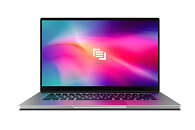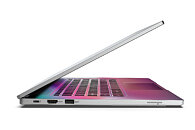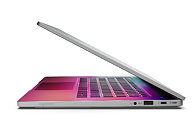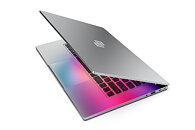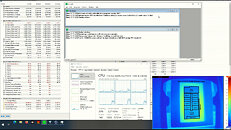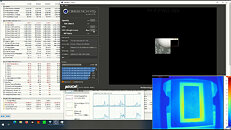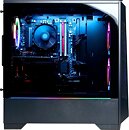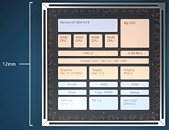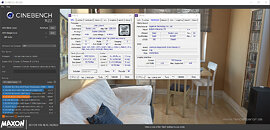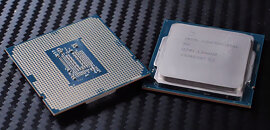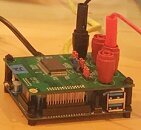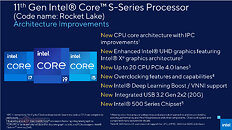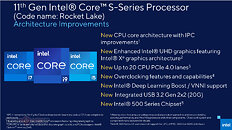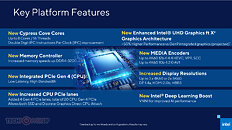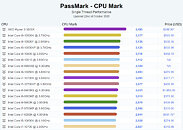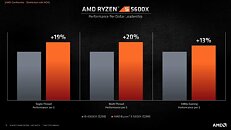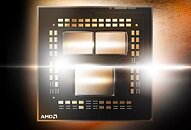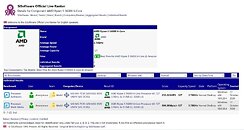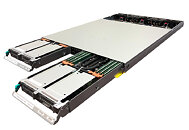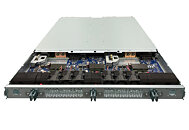
Intel Core i7-12800H Alder Lake-P Mobile Processors Spotted in Geekbench
Intel's upcoming lineup of mobile processors with the novel hybrid core technology are codenamed Alder Lake-P. Contrary to the desktop Alder Lake-S, the P variant was envisioned with a lower power budget in mind to fit various form factors. Today, we get to see some of the first benchmarks of the Alder Lake-P processors and get to compare them to AMD's competing products. In the Geekbench 5 listing discovered by BechLeaks, Intel's Core i7-12800H processor with six performance and eight efficiency cores appear. The CPU ran at a base frequency of 2.8 GHz, while Geekbench didn't show boosting clocks in the submission.
The CPU managed to score 1654 points in single-core results and 9618 points in multi-core runs. If we compare this to AMD Ryzen 7 5800H, a direct competitor, the CPU is faster by 25% and 35% in single-core and multi-core results, respectively. If the previous Tiger Lake-H generation is a reference, the Alder Lake-P chip manages 12% and 20% higher single-core and multi-core scores. This specific processor is part of the GIGABYTE AORUS 15 YE4 laptop used for the Geekbench 5 benchmark test run.
The CPU managed to score 1654 points in single-core results and 9618 points in multi-core runs. If we compare this to AMD Ryzen 7 5800H, a direct competitor, the CPU is faster by 25% and 35% in single-core and multi-core results, respectively. If the previous Tiger Lake-H generation is a reference, the Alder Lake-P chip manages 12% and 20% higher single-core and multi-core scores. This specific processor is part of the GIGABYTE AORUS 15 YE4 laptop used for the Geekbench 5 benchmark test run.











